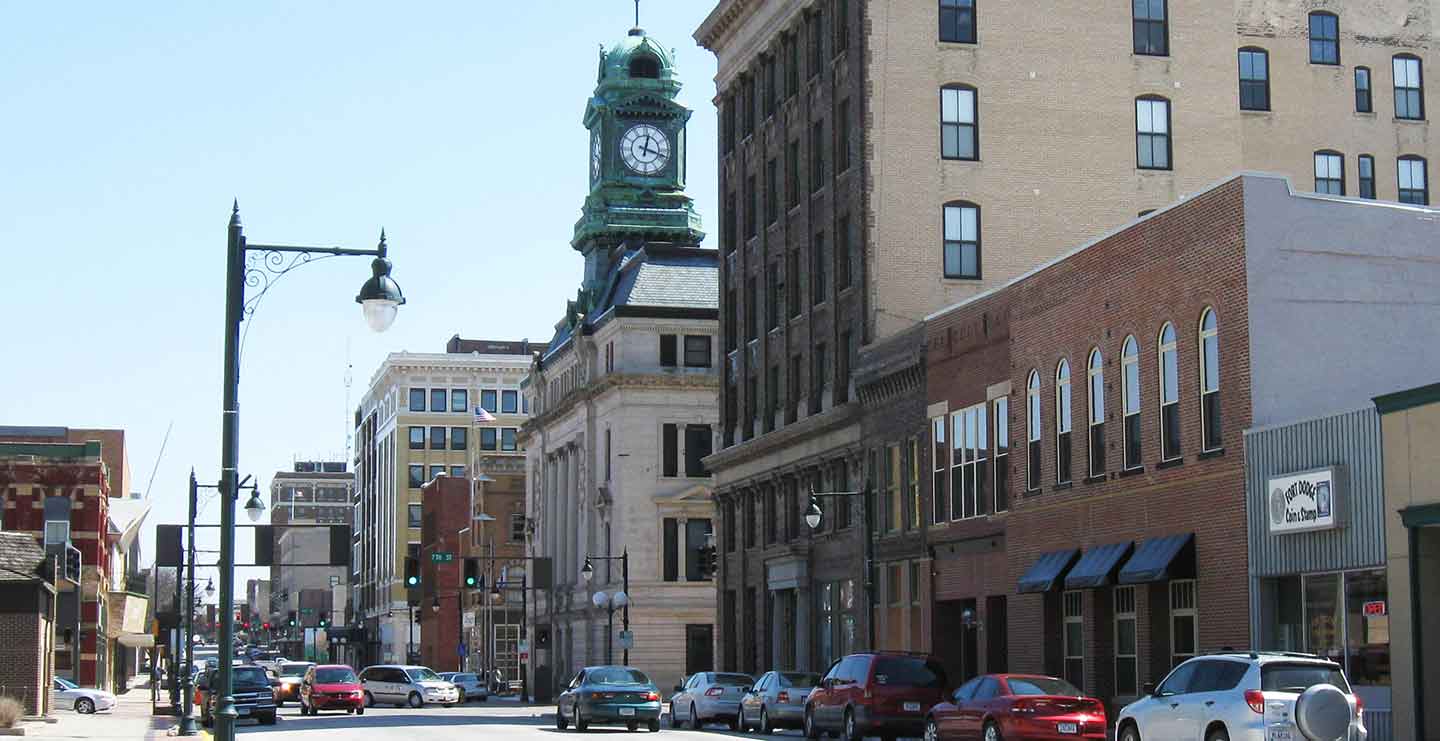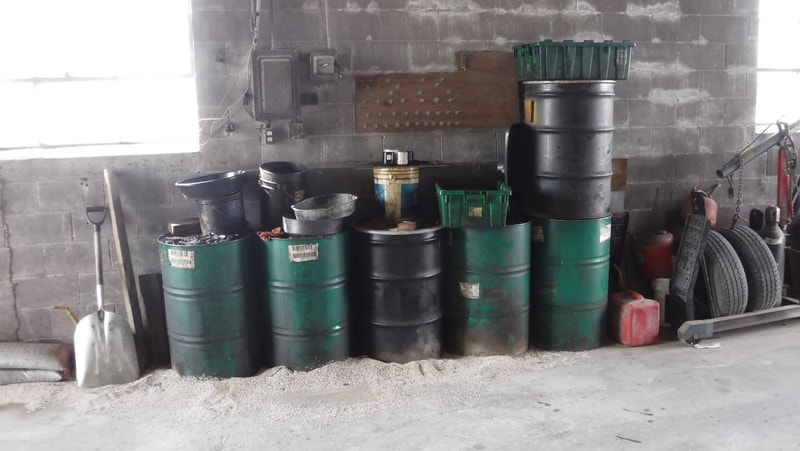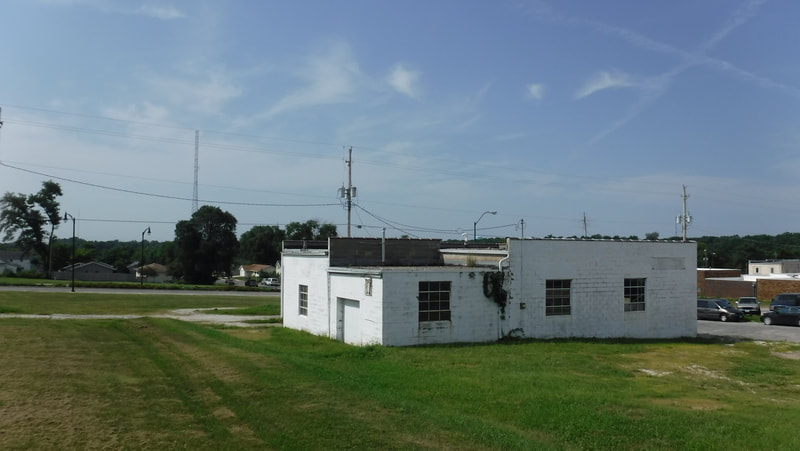What is a brownfield?
Many sites across the nation that were once used for industrial and commercial purposes are no longer in productive use. Lenders, investors, developers, and other potential stakeholders are afraid that involvement with these sites may result in environmental liability for any contamination that may be present at the sites. Oftentimes, the belief that a given site may be contaminated is merely based upon site history and other forms of qualitative, inconclusive information.
However, even the potential of legal and economic liability for contamination at these sites is significant enough to hinder further consideration of these sites for reuse or redevelopment. Therefore, potential stakeholders are more attracted to sites in pristine areas, also known as "greenfields." Development of these sites contributes to urban sprawl, higher municipal infrastructure costs, and the environmental degradation that often follows.
The continued neglect of abandoned sites can result in blighted areas, rife with dilapidated industrial and commercial facilities that threaten the environment, create safety and health risks for residents, drive unemployment up, and foster a sense of hopelessness. These areas are called "brownfields." As defined by the Small Business Liability Relief and Brownfields Revitalization Act, a brownfield is "real property, the expansion, redevelopment, or reuse of which may be complicated by the presence or potential presence of a hazardous substance, pollutant, or contaminant."
Brownfield sites include all "real property," including residential, as well as commercial and industrial properties. It is estimated that there are more than 450,000 brownfields in the U.S. Cleaning up and reinvesting in these properties increases local tax bases, facilitates job growth, utilizes existing infrastructure, takes development pressures off of undeveloped, open land, and both improves and protects the environment.
However, even the potential of legal and economic liability for contamination at these sites is significant enough to hinder further consideration of these sites for reuse or redevelopment. Therefore, potential stakeholders are more attracted to sites in pristine areas, also known as "greenfields." Development of these sites contributes to urban sprawl, higher municipal infrastructure costs, and the environmental degradation that often follows.
The continued neglect of abandoned sites can result in blighted areas, rife with dilapidated industrial and commercial facilities that threaten the environment, create safety and health risks for residents, drive unemployment up, and foster a sense of hopelessness. These areas are called "brownfields." As defined by the Small Business Liability Relief and Brownfields Revitalization Act, a brownfield is "real property, the expansion, redevelopment, or reuse of which may be complicated by the presence or potential presence of a hazardous substance, pollutant, or contaminant."
Brownfield sites include all "real property," including residential, as well as commercial and industrial properties. It is estimated that there are more than 450,000 brownfields in the U.S. Cleaning up and reinvesting in these properties increases local tax bases, facilitates job growth, utilizes existing infrastructure, takes development pressures off of undeveloped, open land, and both improves and protects the environment.
Why Fort Dodge?
Fort Dodge has an abundance of large, older buildings concentrated in the downtown area that suffer from disinvestment by absent owners or present owners that simply are not economically positioned to make the investments needed. The City of Fort Dodge has prioritized redevelopment of brownfield properties for economic development and increased livability for its residents.
Fort Dodge was first awarded a Brownfields Redevelopment Pilot grant in 2000 and was subsequently awarded an Assessment Grant in 2013, both of which were used to determine the extent of brownfield properties in the community. The City’s first major cleanup project was the Wahkonsa Annex, an abandoned hotel in the heart of downtown. Abatement of all asbestos materials within the hotel, with the exception of window glazing, was completed in 2022. Similarly, the City was awarded $250,000 from a pool of nationwide applicants for Brownfield Cleanup funding in the 2022 competition. These funds are being used to investigate and remediate public health hazards (i.e., asbestos containing materials) posed by the former Greenleaf Healthcare Facility located at 1305 N 22nd Street. Finally, the City of Fort Dodge recently accepted an Assessment Grant from the EPA for $500,000 to gain further detail into the extent of brownfields in the downtown area. Priority sites include a former residential building, an underutilized storage building, and a former motel.
Fort Dodge was first awarded a Brownfields Redevelopment Pilot grant in 2000 and was subsequently awarded an Assessment Grant in 2013, both of which were used to determine the extent of brownfield properties in the community. The City’s first major cleanup project was the Wahkonsa Annex, an abandoned hotel in the heart of downtown. Abatement of all asbestos materials within the hotel, with the exception of window glazing, was completed in 2022. Similarly, the City was awarded $250,000 from a pool of nationwide applicants for Brownfield Cleanup funding in the 2022 competition. These funds are being used to investigate and remediate public health hazards (i.e., asbestos containing materials) posed by the former Greenleaf Healthcare Facility located at 1305 N 22nd Street. Finally, the City of Fort Dodge recently accepted an Assessment Grant from the EPA for $500,000 to gain further detail into the extent of brownfields in the downtown area. Priority sites include a former residential building, an underutilized storage building, and a former motel.



